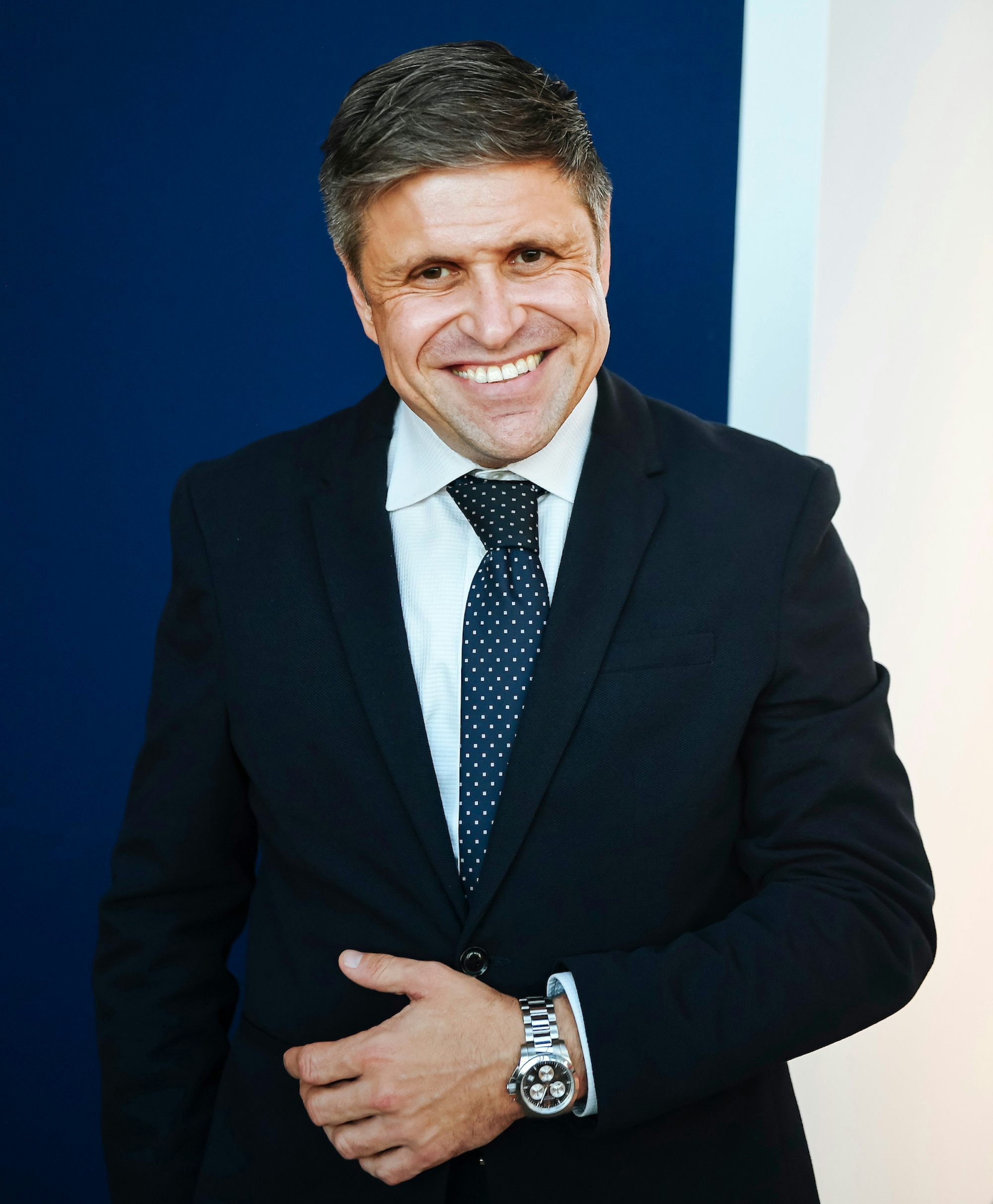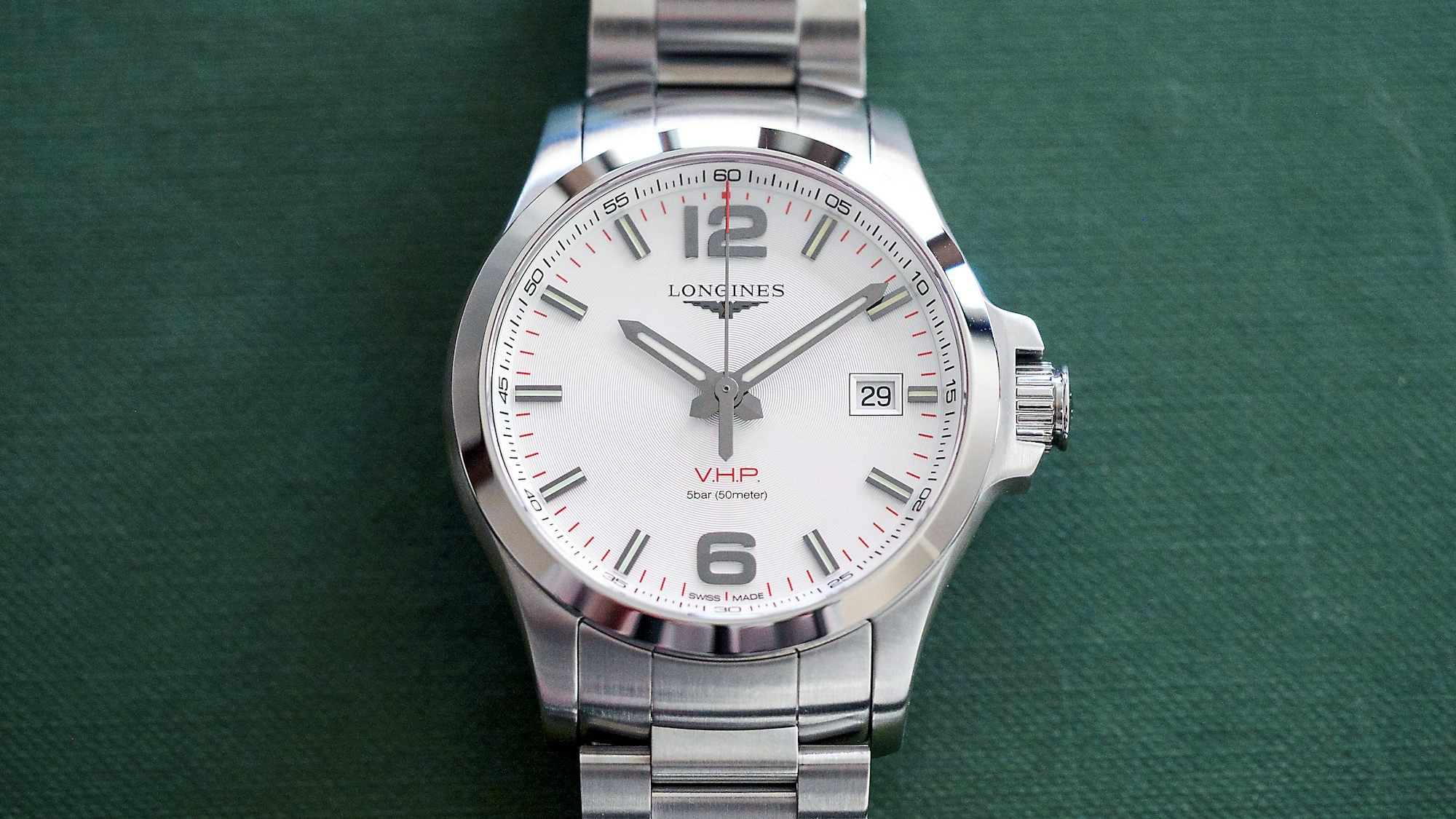Interview: Longines VP Juan-Carlos Capelli On Why His Company Continues To Invest In Quartz
By Jon Bues
I doubt I was alone in my surprise earlier this year when I learned of Longines’s investment in a new series of quartz movements with greater accuracy than standard ETA offerings. Sure, from a heritage angle, this makes a certain amount of sense. Longines was there during pivotal moments when electronic timing took off, and they pioneered a range of highly accurate quartz watches back in the ’80s. But I’d come to view quartz as more or less stagnant tech. For a few years now, the trend has been to delve deeper into affordable mechanical movements with upgraded specs. Longines’s own recent collections offer more than a few great examples of this.

Juan-Carlos Capelli, vice president of Longines.
And it bears mentioning that Longines’ track record of offering mechanical timepieces with much-appreciated upgrades and bonuses continues with the new Record line of all-COSC-rated models. This is the kind of stuff that many HODINKEE readers get excited about.
According to Longines vice president Juan-Carlos Cappelli, who was in New York recently to talk about the newly launched Conquest VHP range, quartz still accounts for a sizeable portion of his company’s annual turnover, and continues to be an important product category for investment and innovation.
Though the proprietary quartz technology found in the Conquest VHP is currently developed and manufactured at Swatch Group-owned ETA (Swatch also owns Longines), it’s part of a long tradition of advances in quartz chronometry. These stretch all the way back to the 1950s and the Longines Chronocinégines (a mouthful, I know), which were portable quartz timing devices, debuted in 1954 , used to time sporting events (including land speed record pioneer Donald Campbell’s runs in his Bluebird gas-turbine car at Lake Eyre in Australia in 1964). The latest Longines Conquest VHP watches are billed as accurate to within ± 5 seconds per year, placing them in rare company that includes the likes of Citizen’s Chronomaster (also accurate to ± 5 seconds annually), Seiko’s 9F quartz calibers (which go to ± 10 seconds per annum), and a handful of others, including Breitling’s SuperQuartz, (also accurate to within ± 10 seconds a year). Jack did a great job of contextualizing highly accurate quartz movements of yesterday and today when he introduced the Longines Conquest …read more







